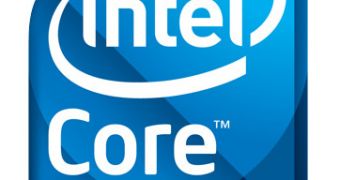As expected, Intel has disclosed details about its upcoming products and technologies at the Intel Developer Forum, held in San Francisco and due to end today. There have been talks about the company's upcoming Core i7 processors, Centrino 2, as well as about future projects such as the graphics-targeted Larrabee and the next-generation notebook platform, codenamed Calpella.
Regardless of that, the most interesting topics remained those related to the future features of the company's next-generation processors, including a new turbo mode that shifts the processor into a higher gear for increased performance, without raising the CPU's temperature levels.
"Our engineers have put together an incredible processing family here that will include a tremendous amount of new processor features all centered on delivering faster computer performance and terrific energy efficiency," said Pat Gelsinger, senior vice president and general manager of Intel's Digital Enterprise Group.
Gelsinger has also detailed the company's chip roadmap, which includes the highly anticipated Core i7 processors and the high-performance server products (codenamed Nehalem-EP), which will be the first to enter production. For the upcoming year, Intel has prepared a second server derivate designed for the expandable server market (Nehalem-EX), and a desktop (Havendale and Lynnfield) and mobile (Aubundale and Clarskfield) client versions for the second half of 2009.
Gelsinger also outlined that the company's next-generation Core microarchitecture featured Intel Hyper-Threading Technology, capable of delivering up to 8-threaded performance capability on four cores in the initial versions and best-in-class memory bandwidth. This was possible thanks to the new QuickPath Interconnect, a technology that is designed to connect processors, chipsets and memory, and deliver up to three times the memory bandwidth of the previous generation Core microarchitecture.
From the looks of it, the Santa-Clara leading chip maker is almost on the verge of revolutionizing the computing market all over again, much like it did with its first Core 2 Duo processors.

 14 DAY TRIAL //
14 DAY TRIAL //